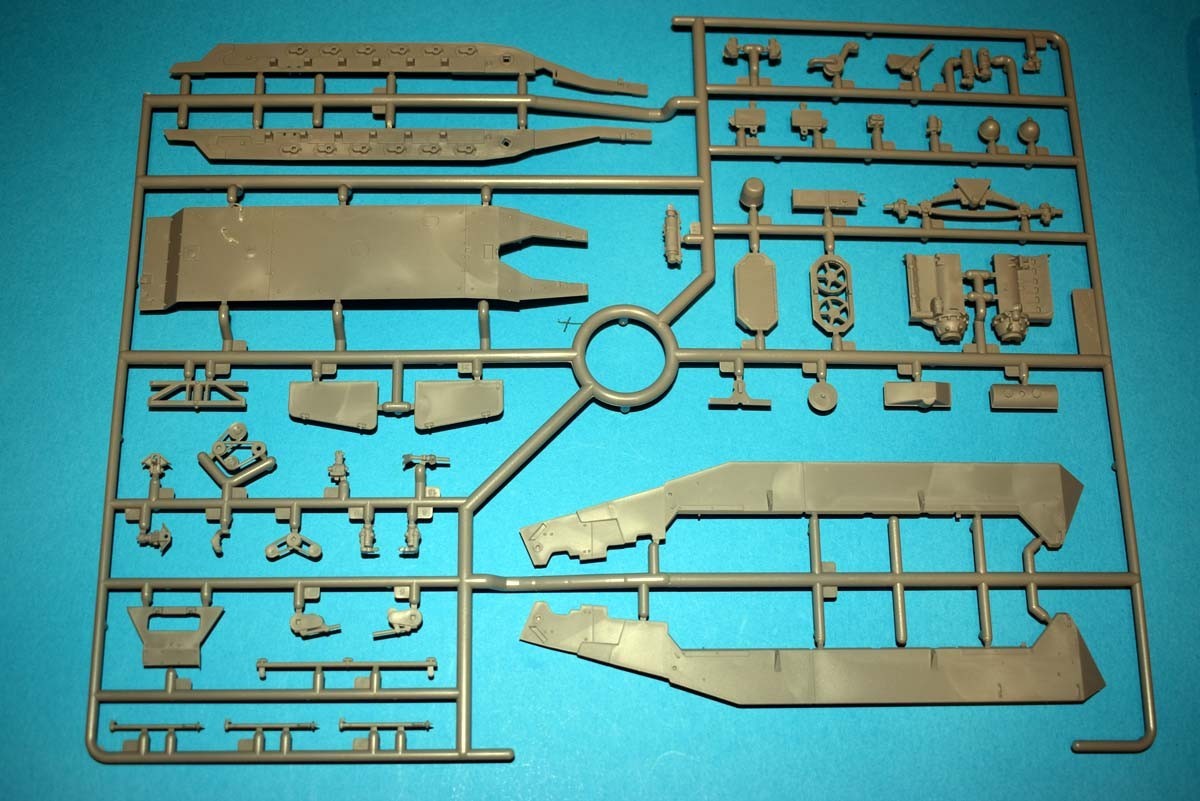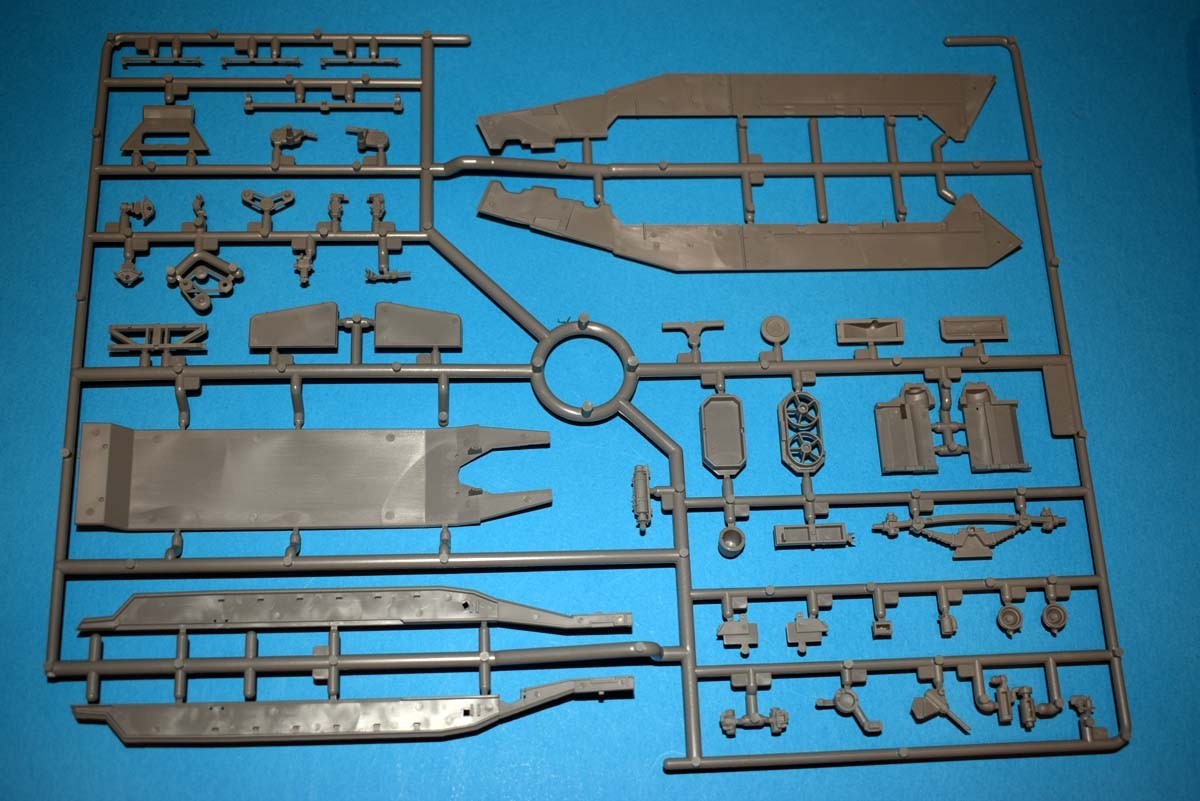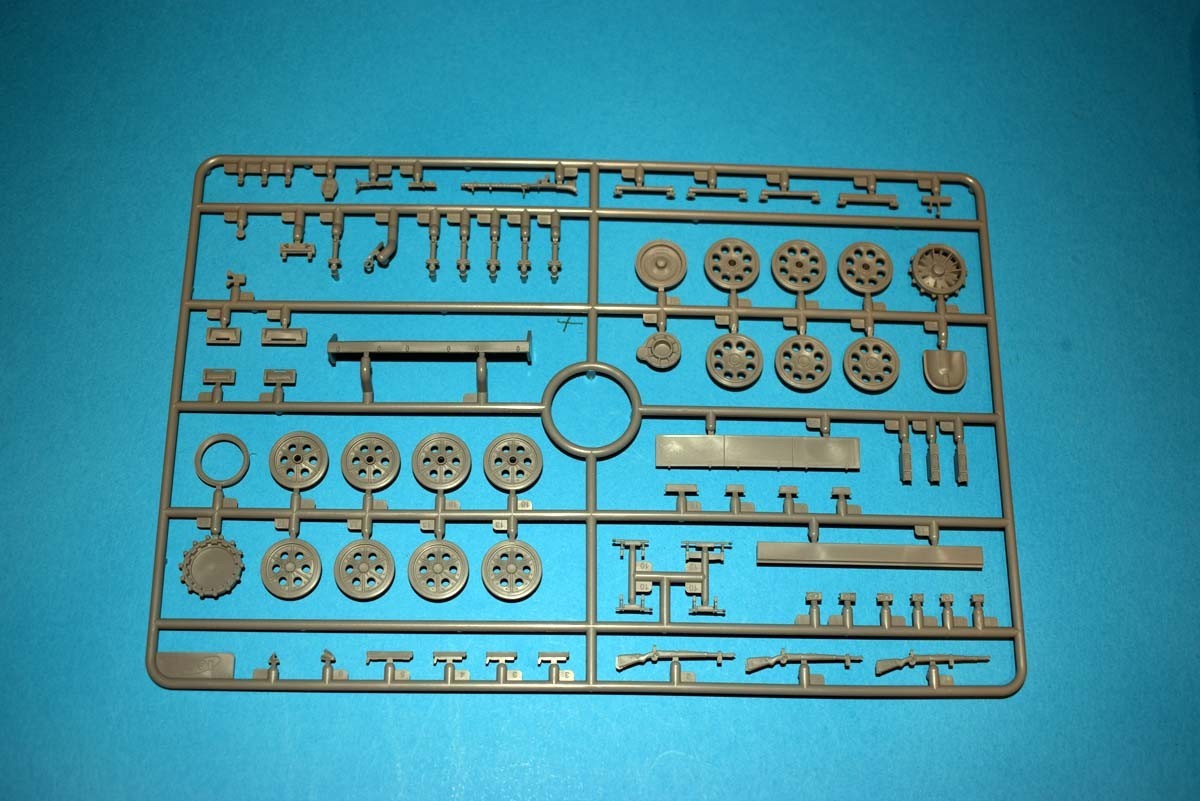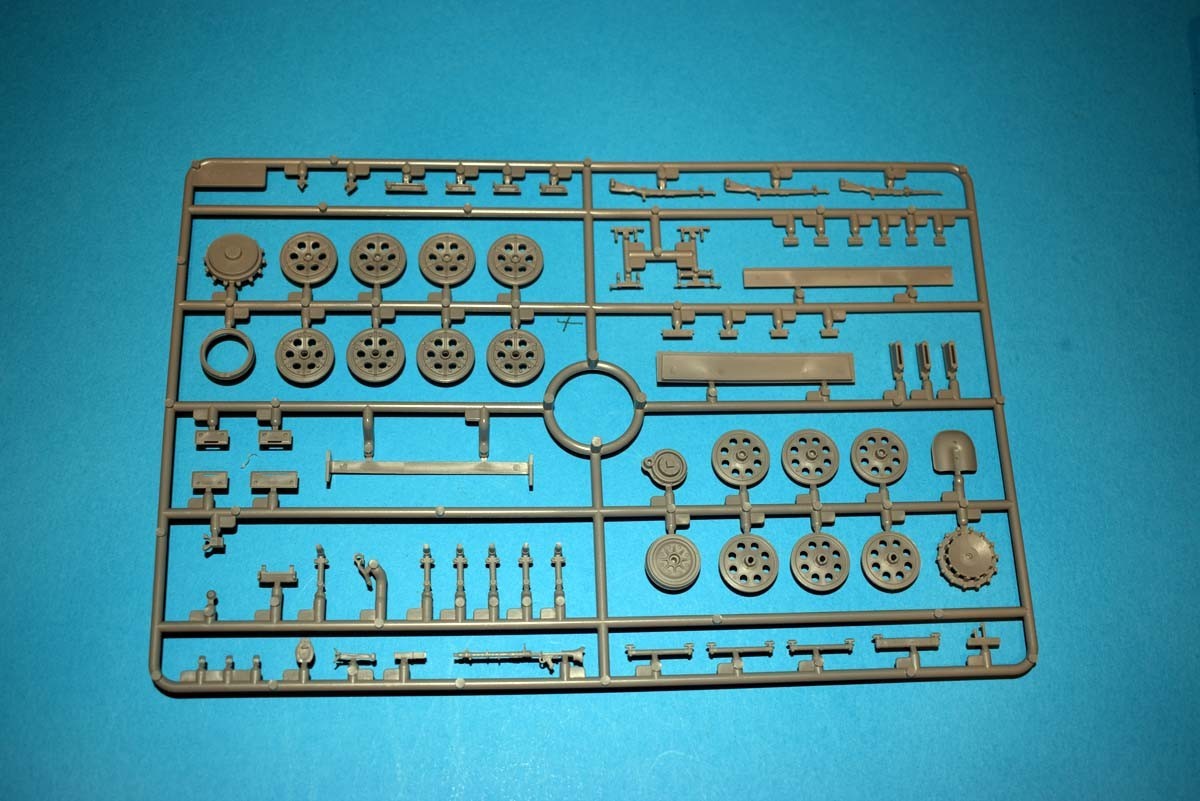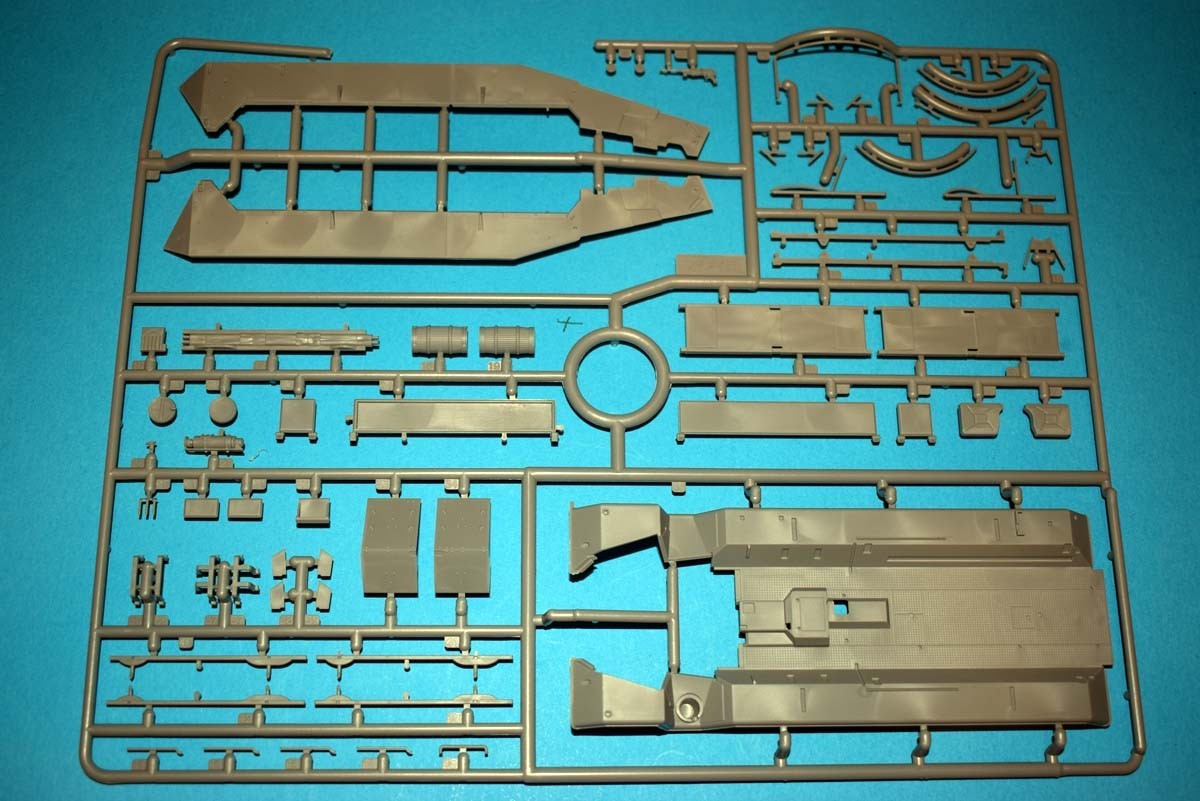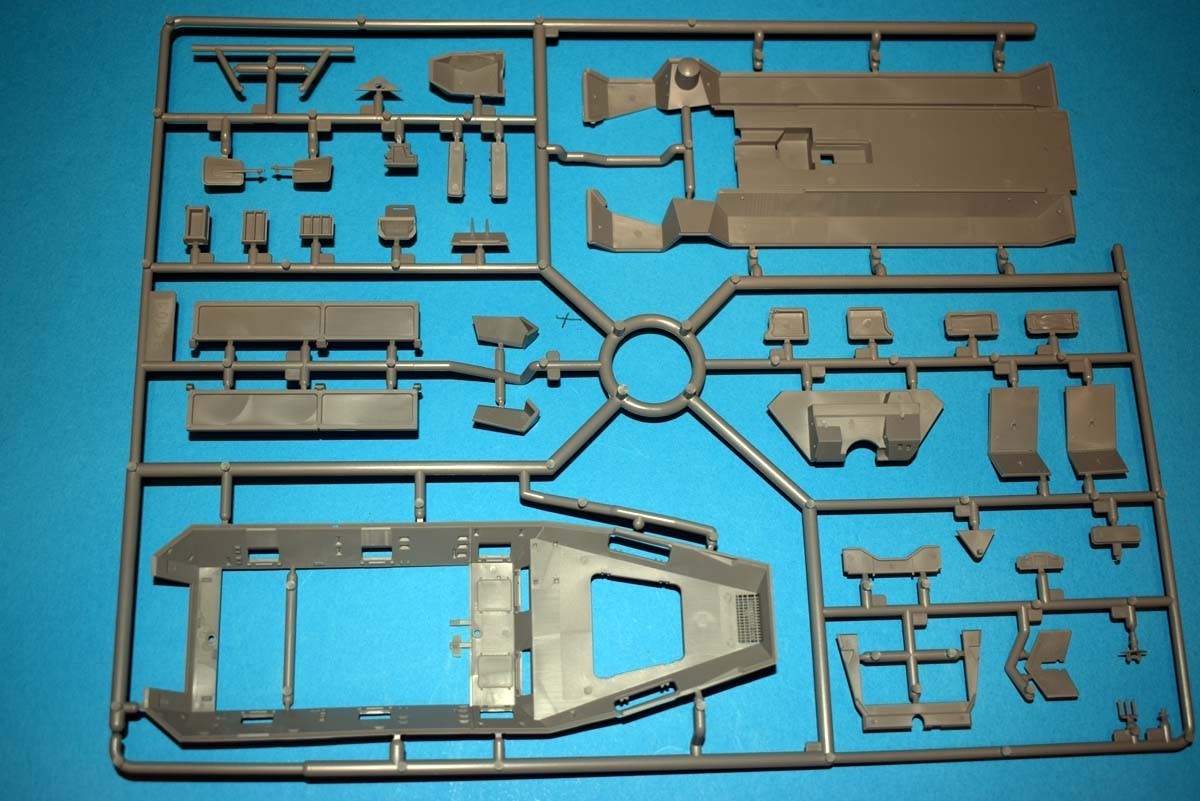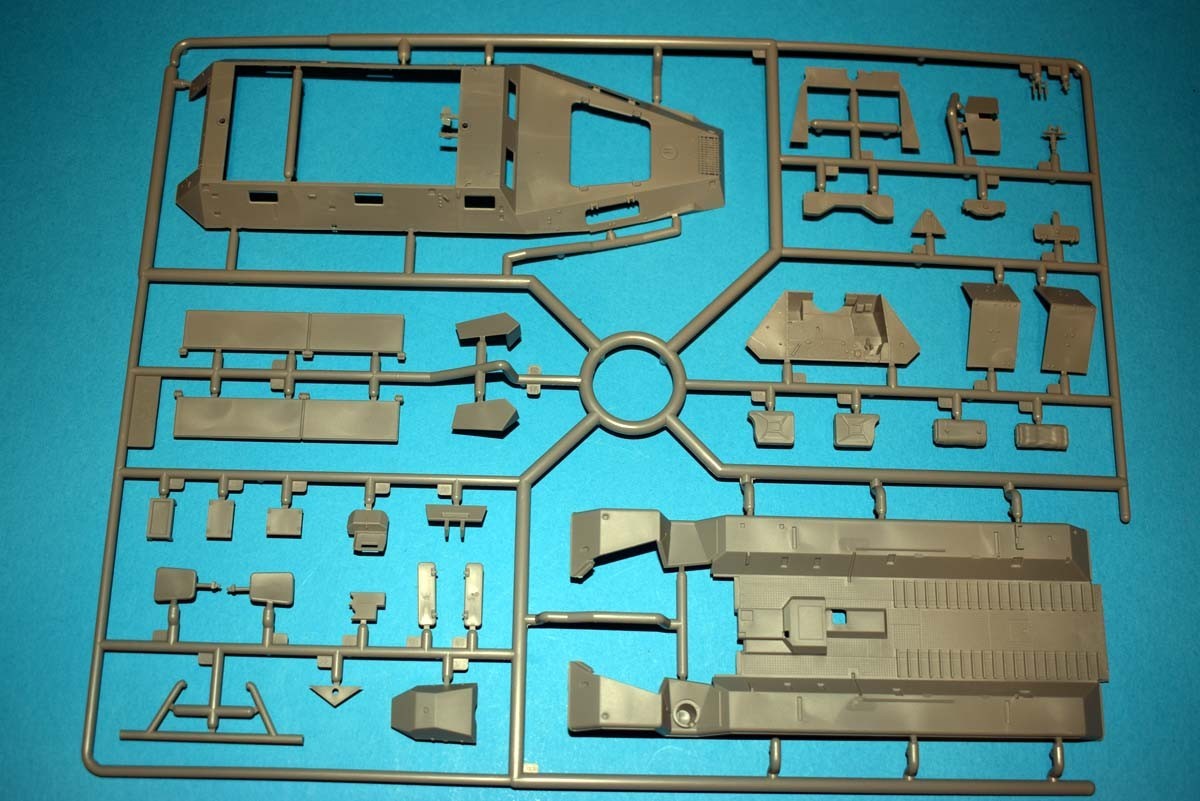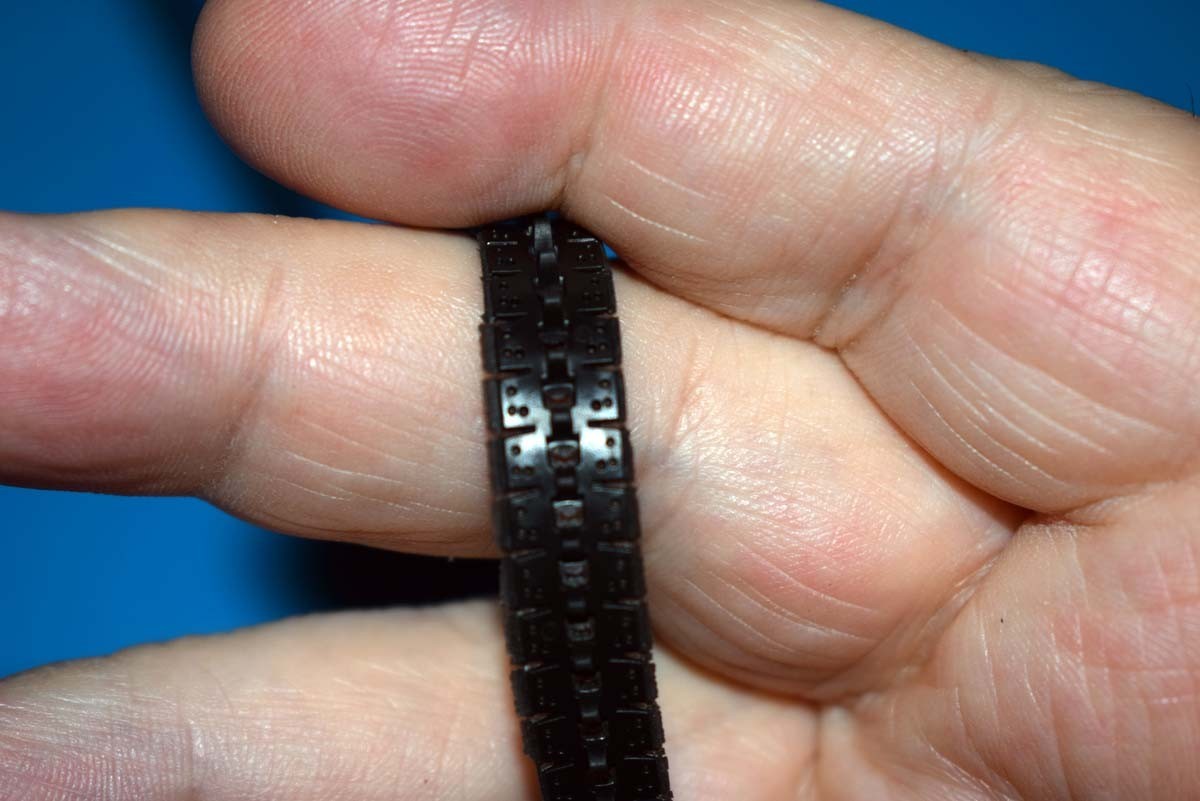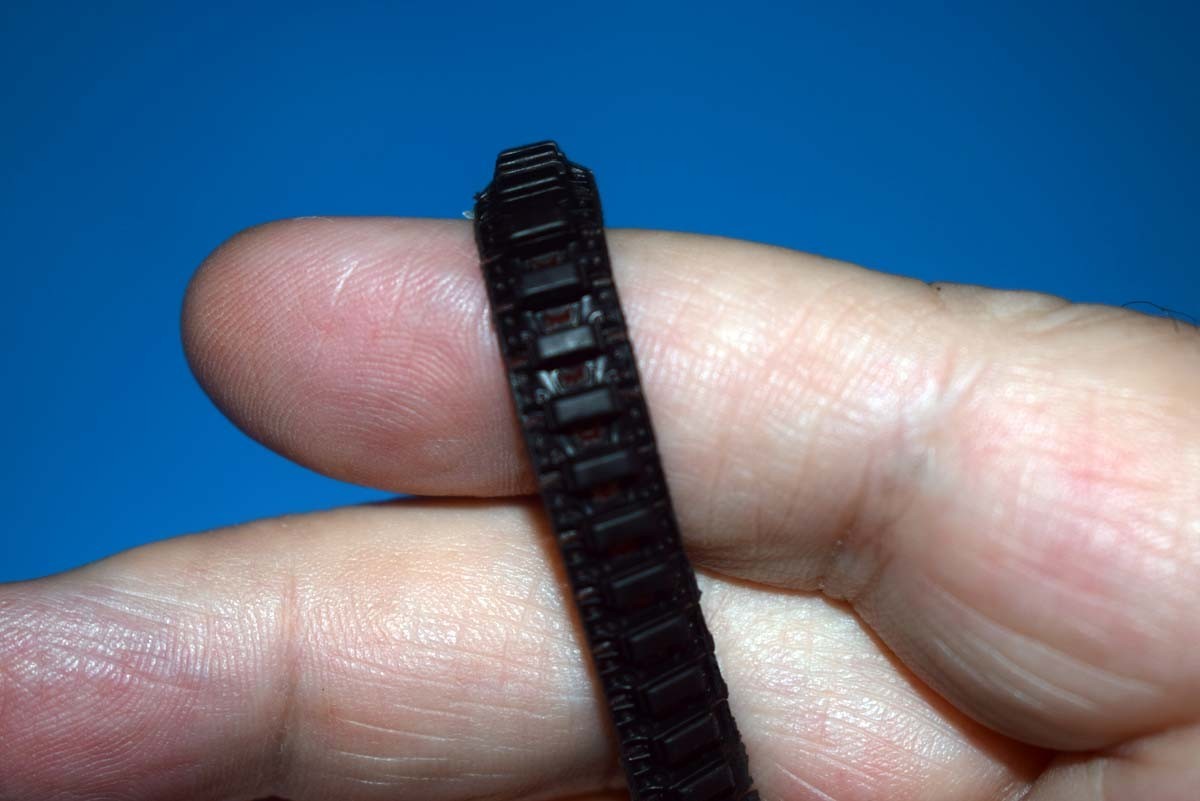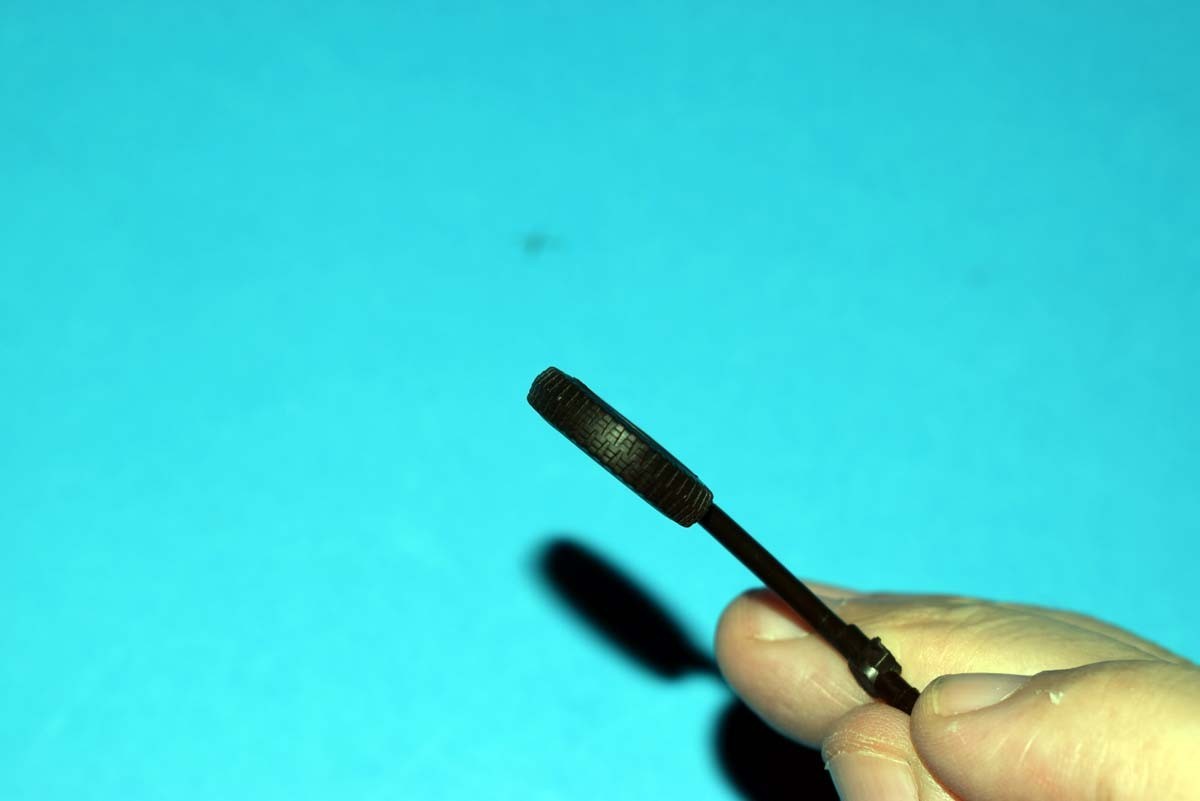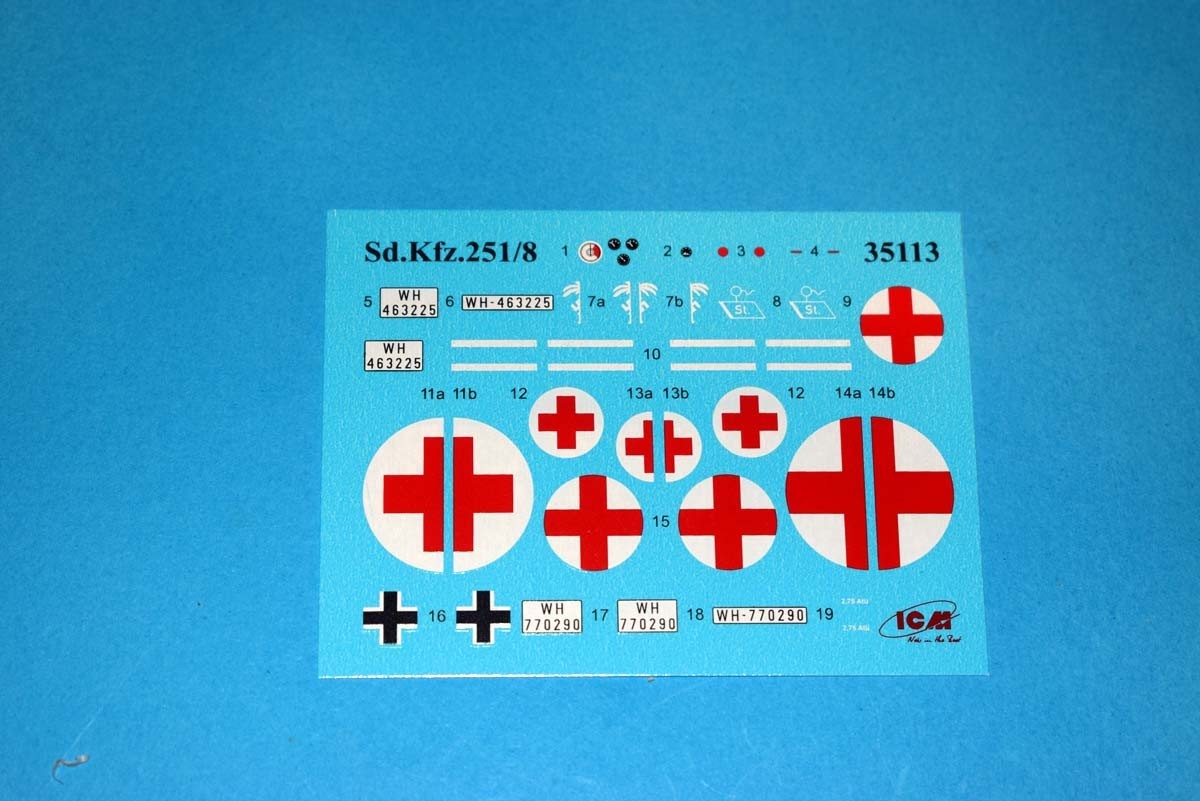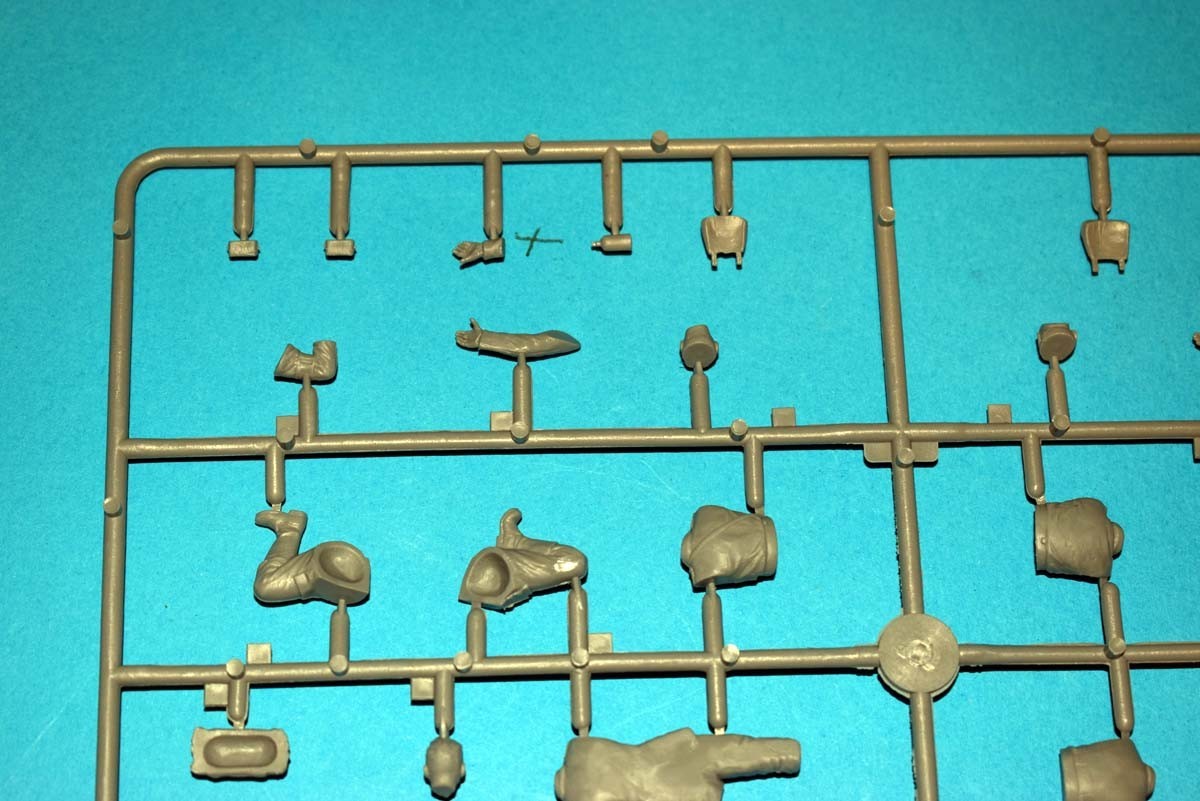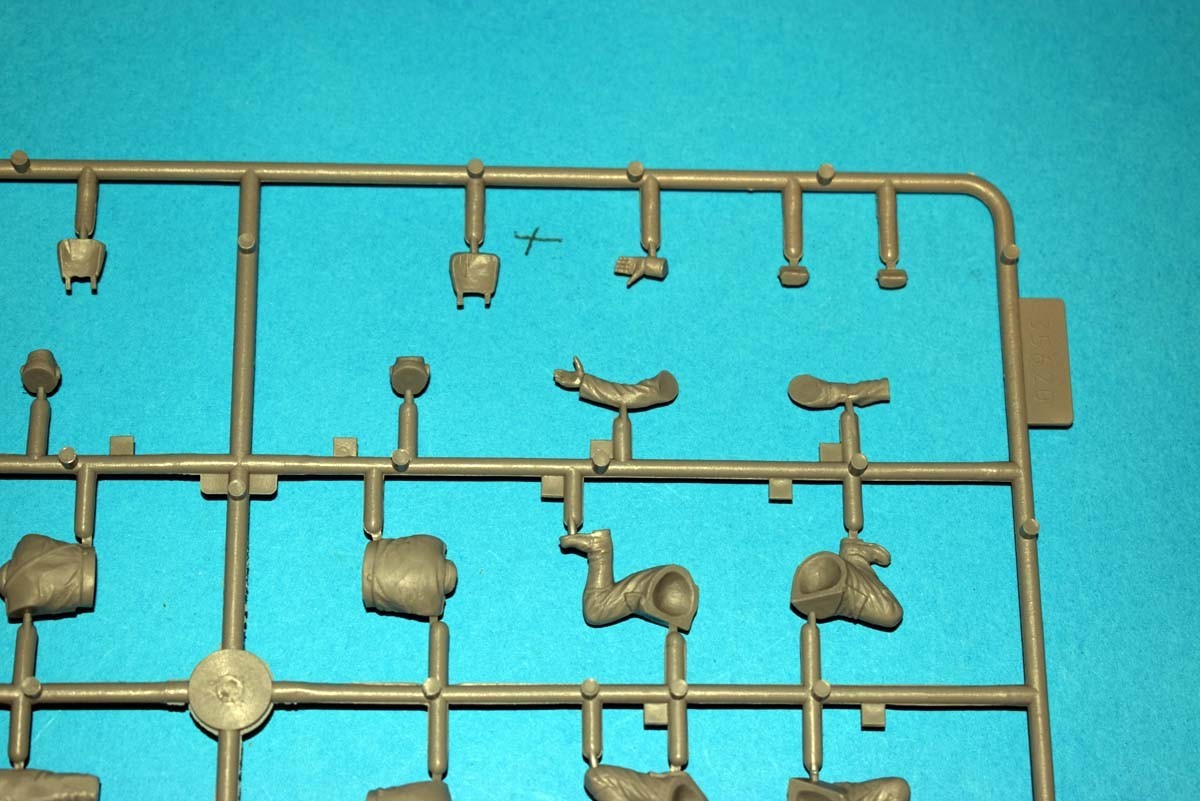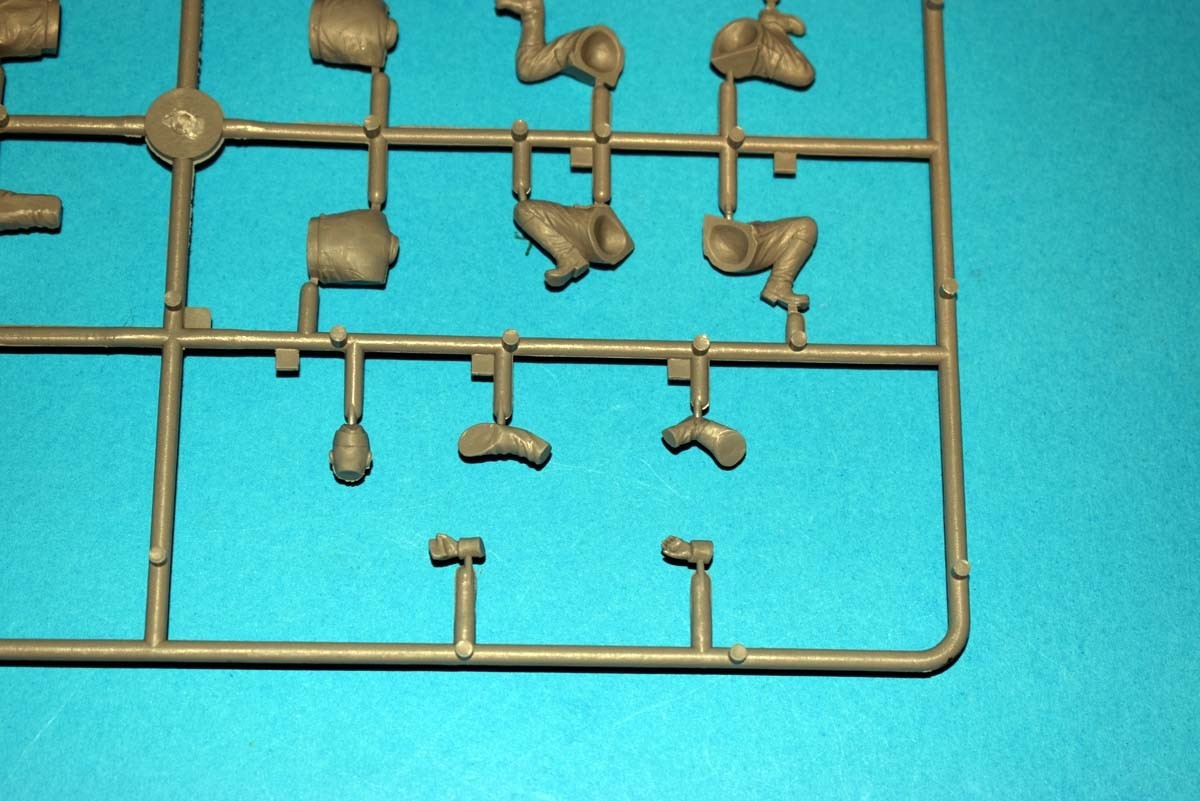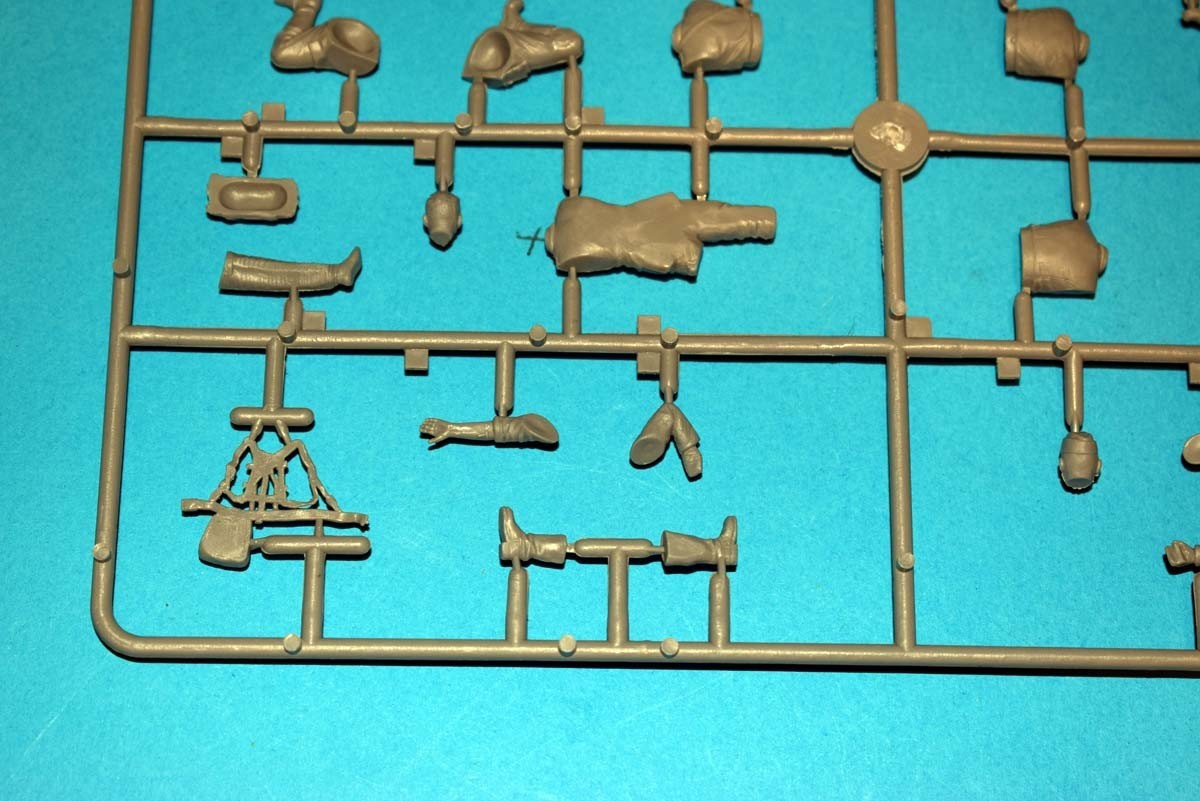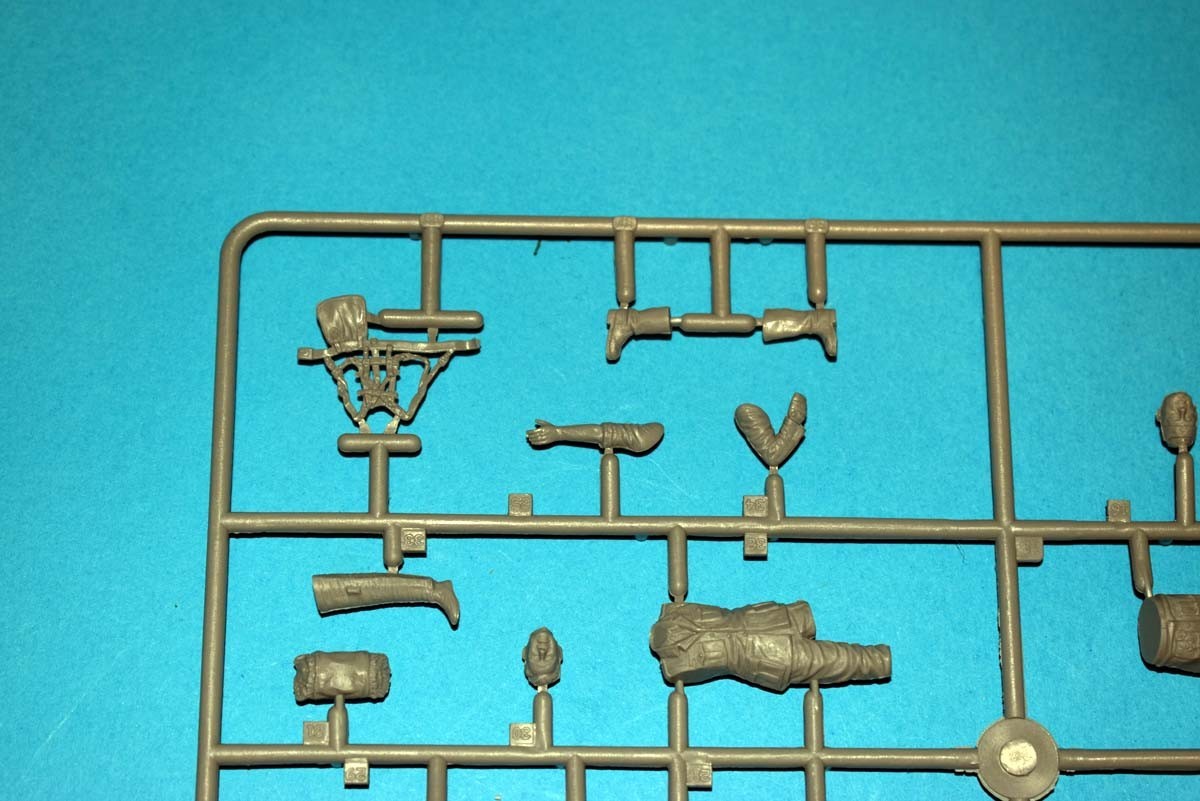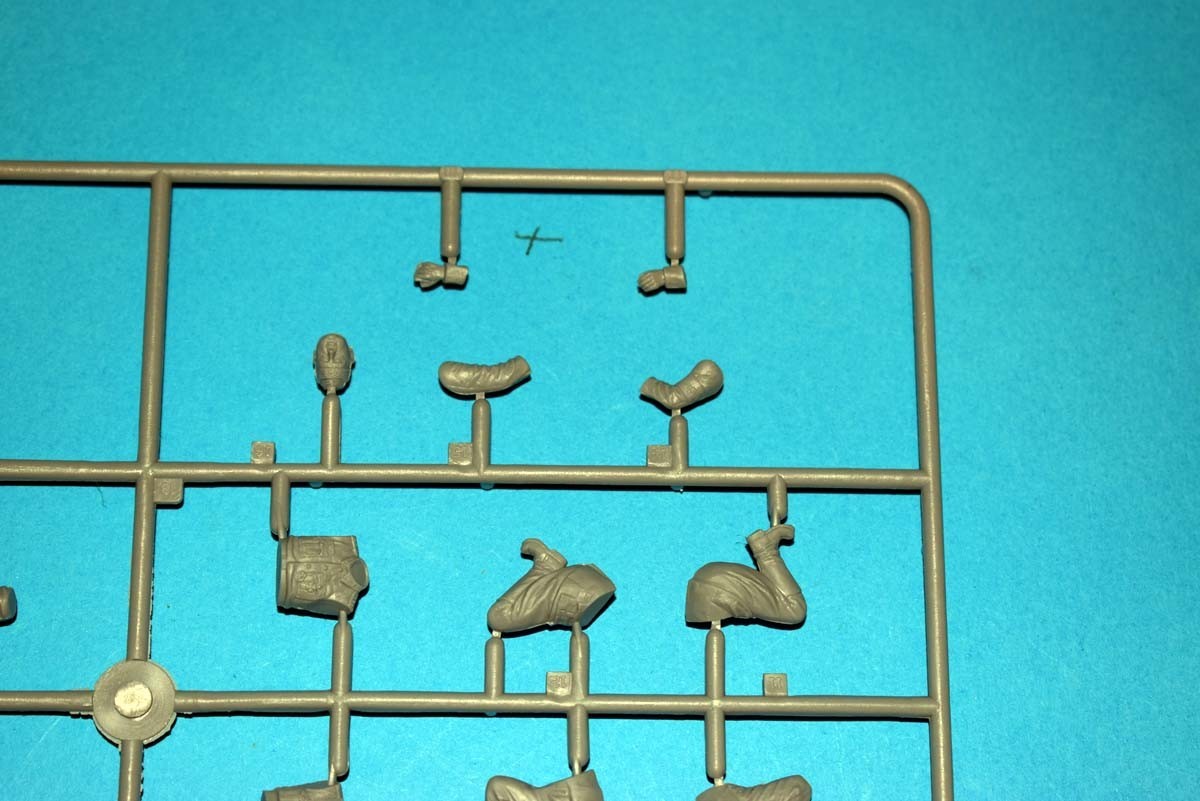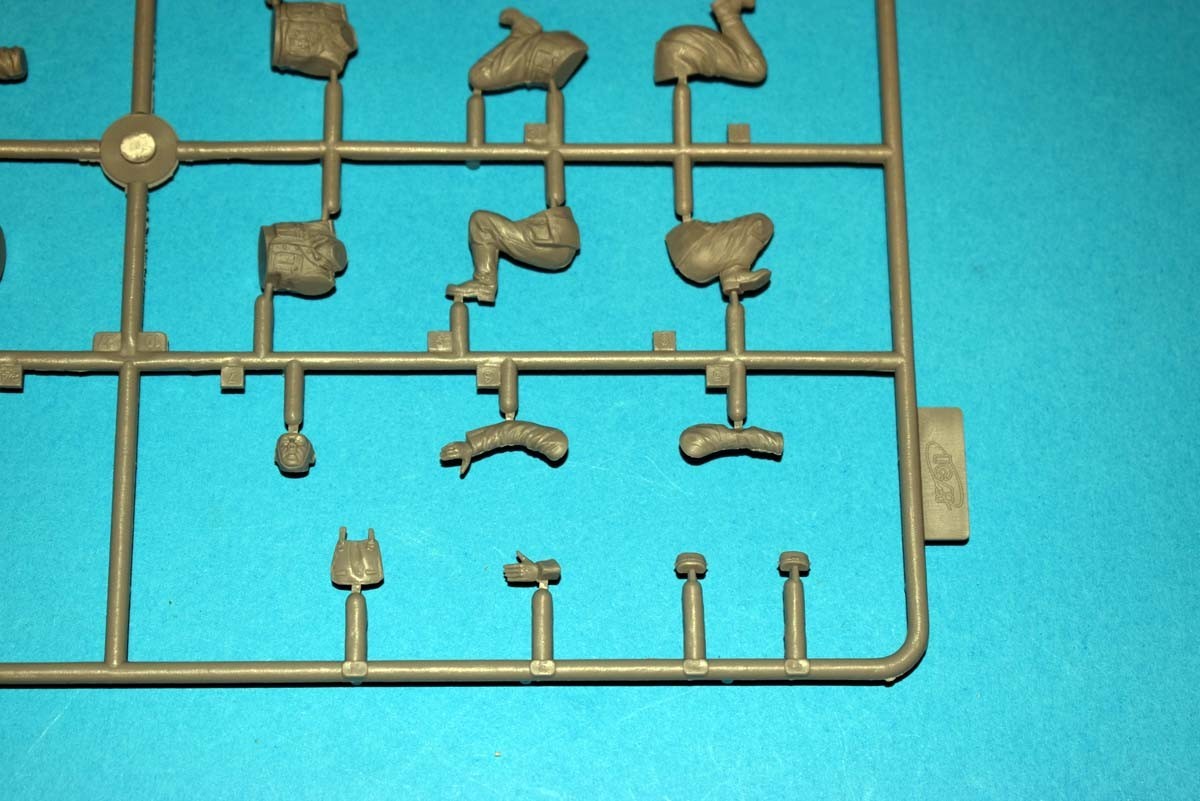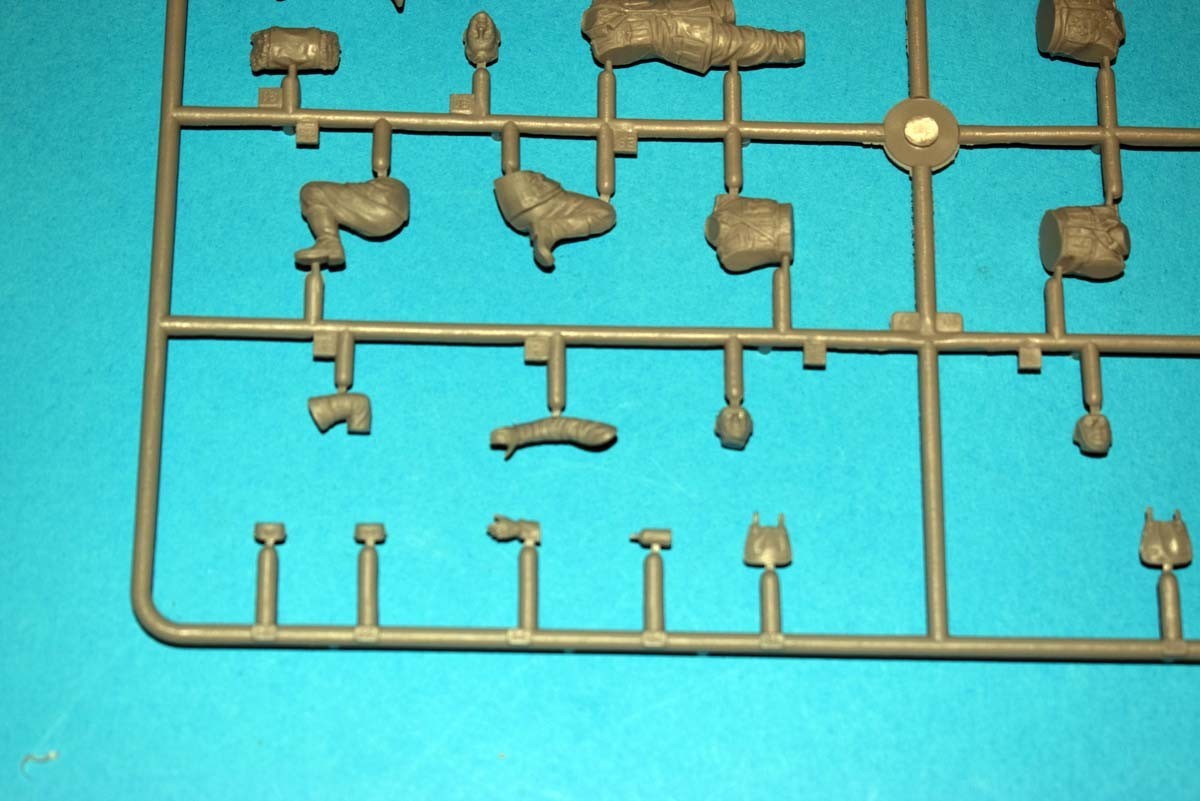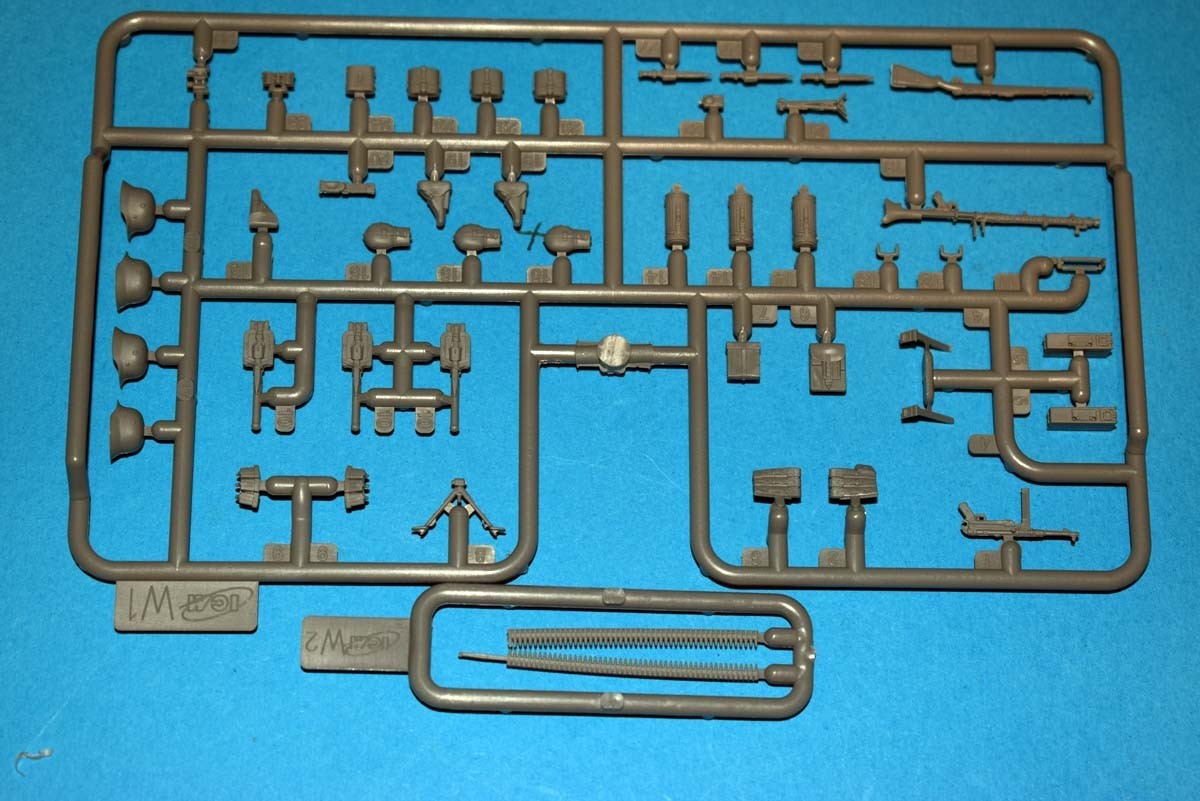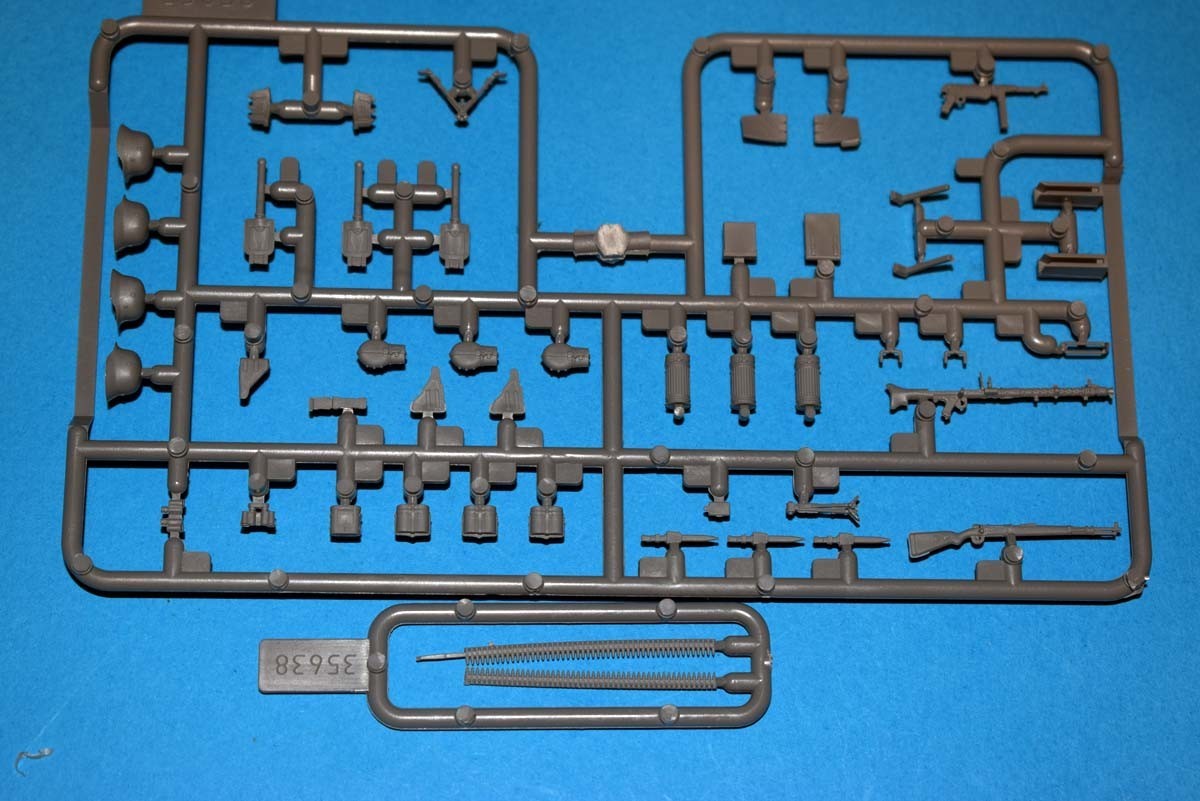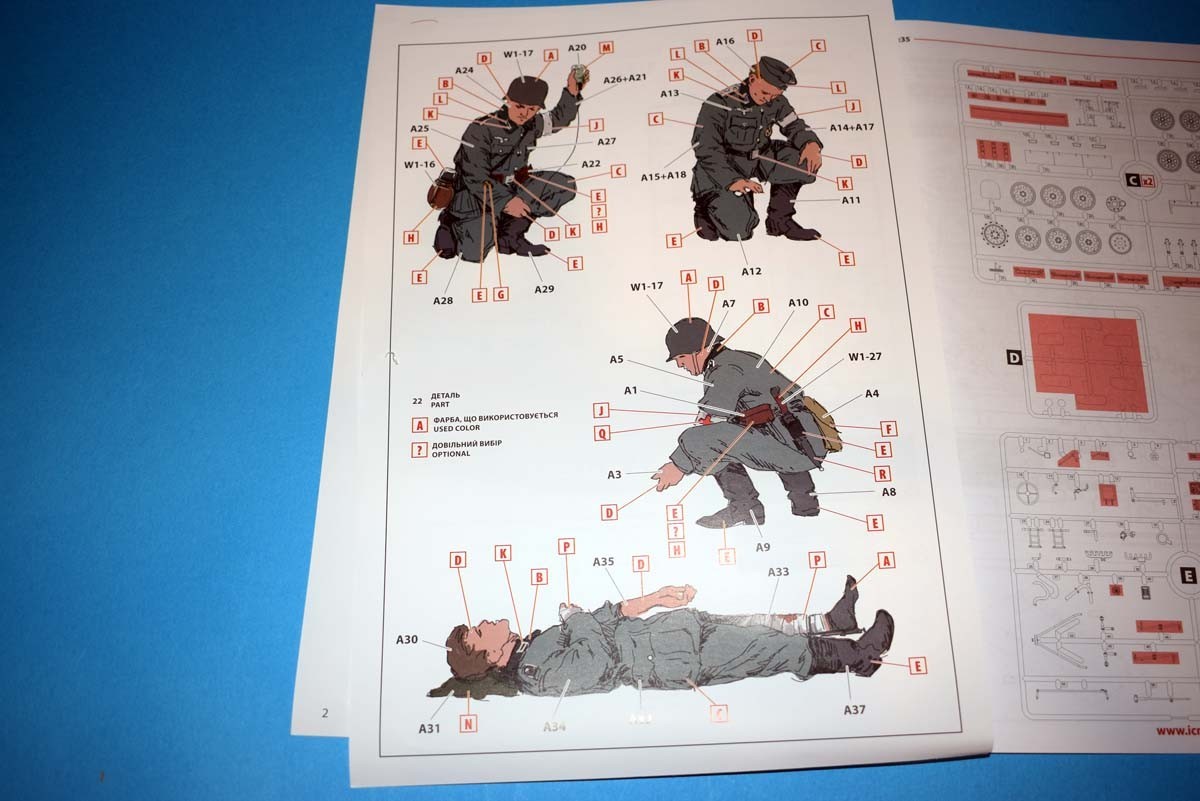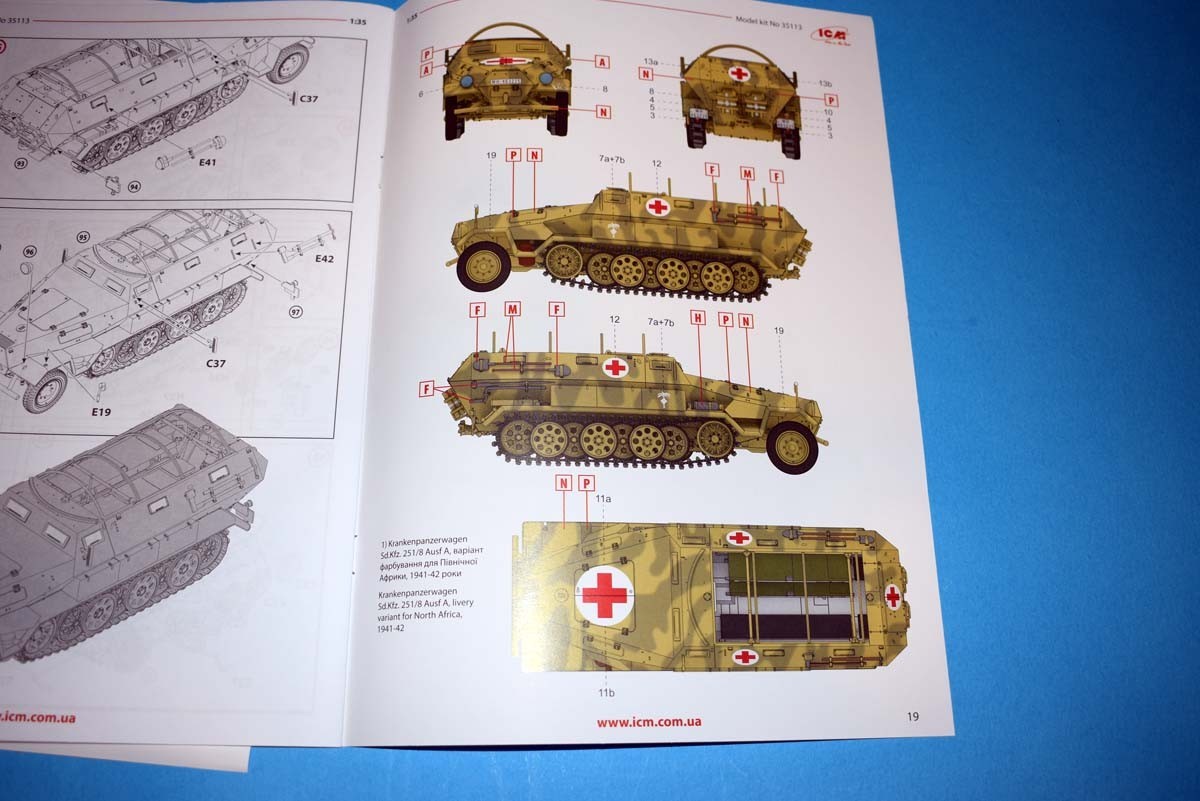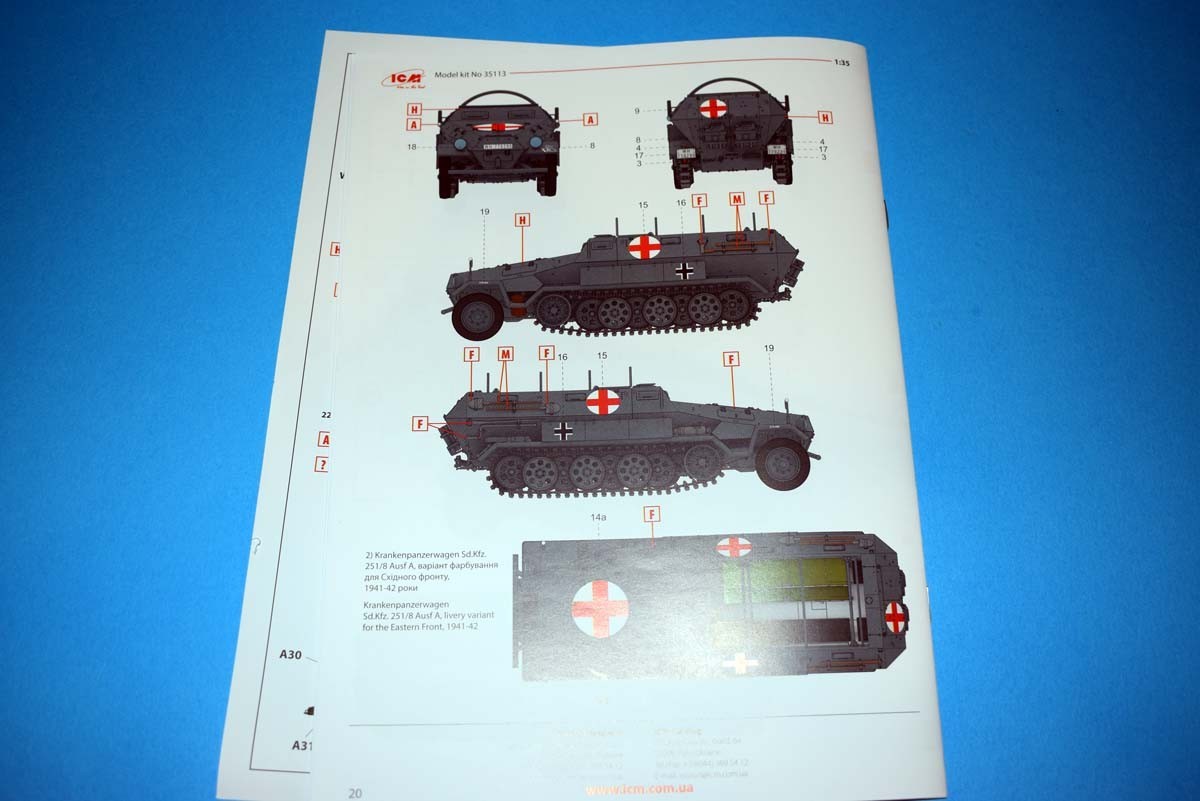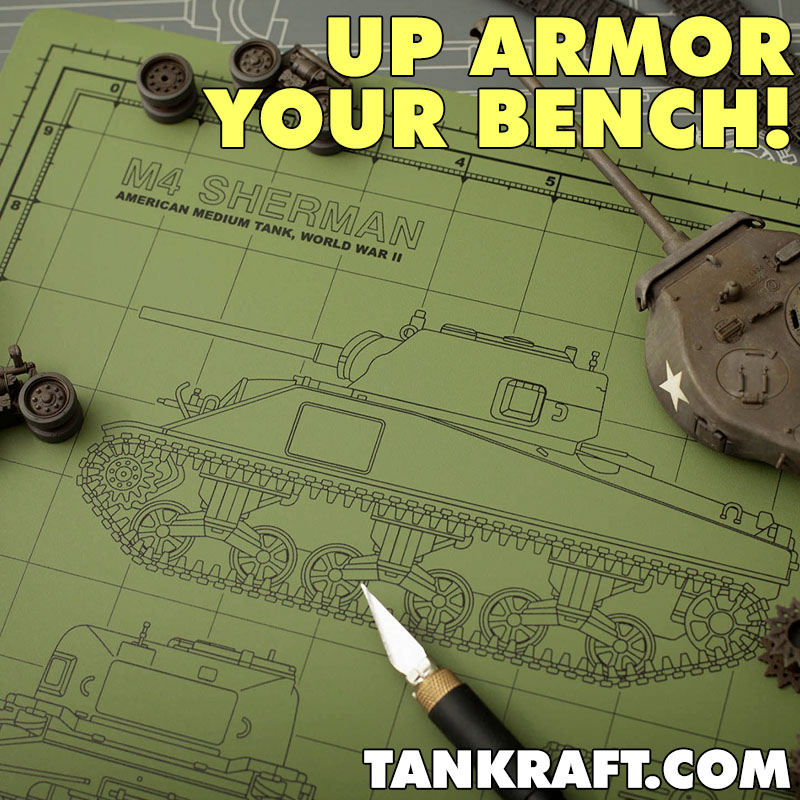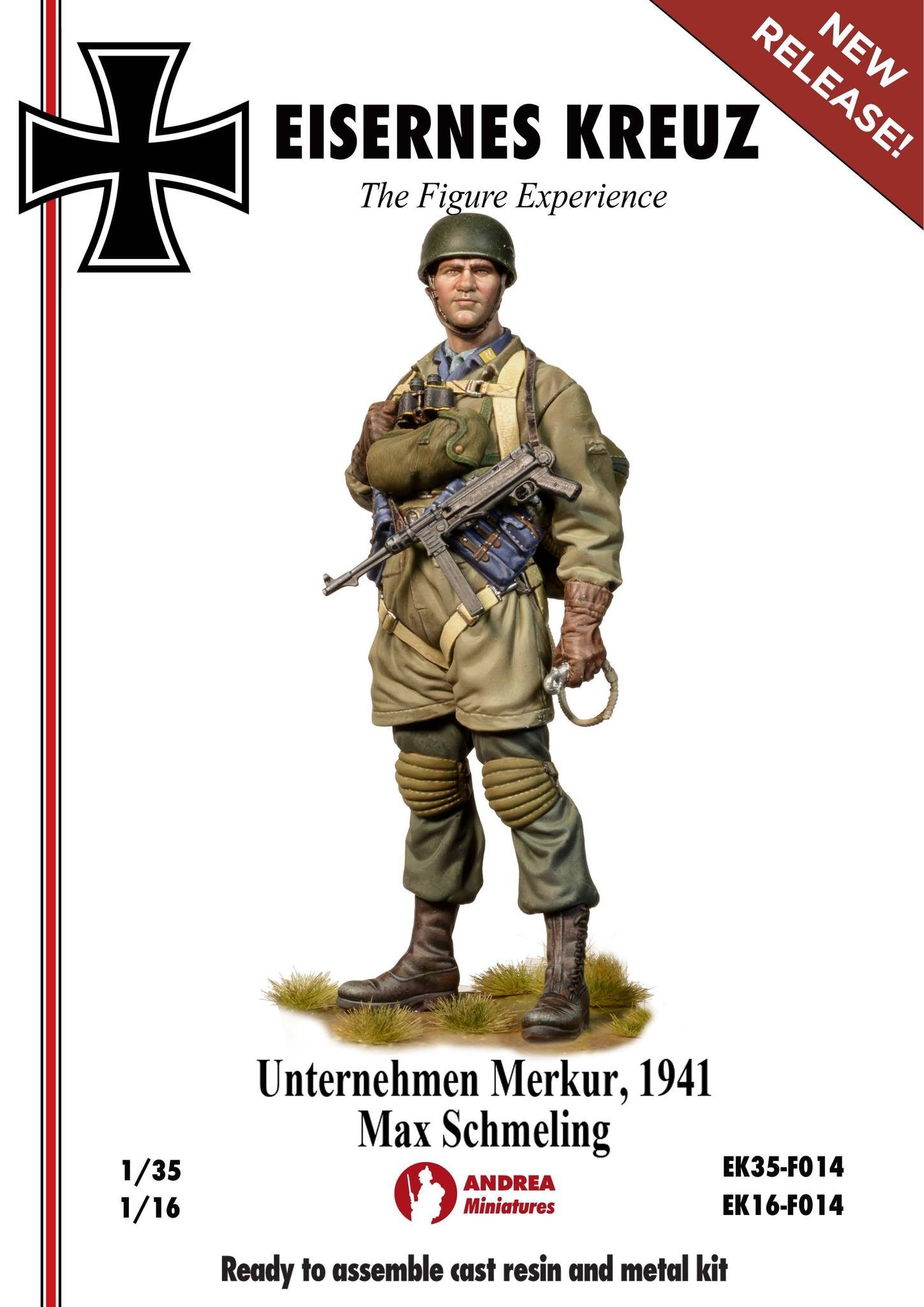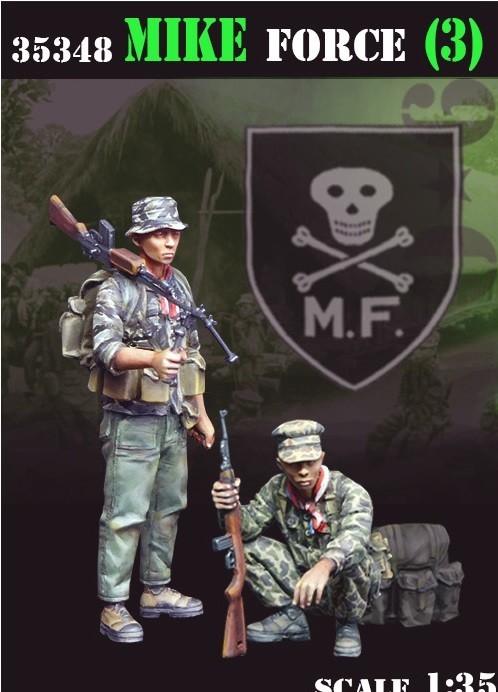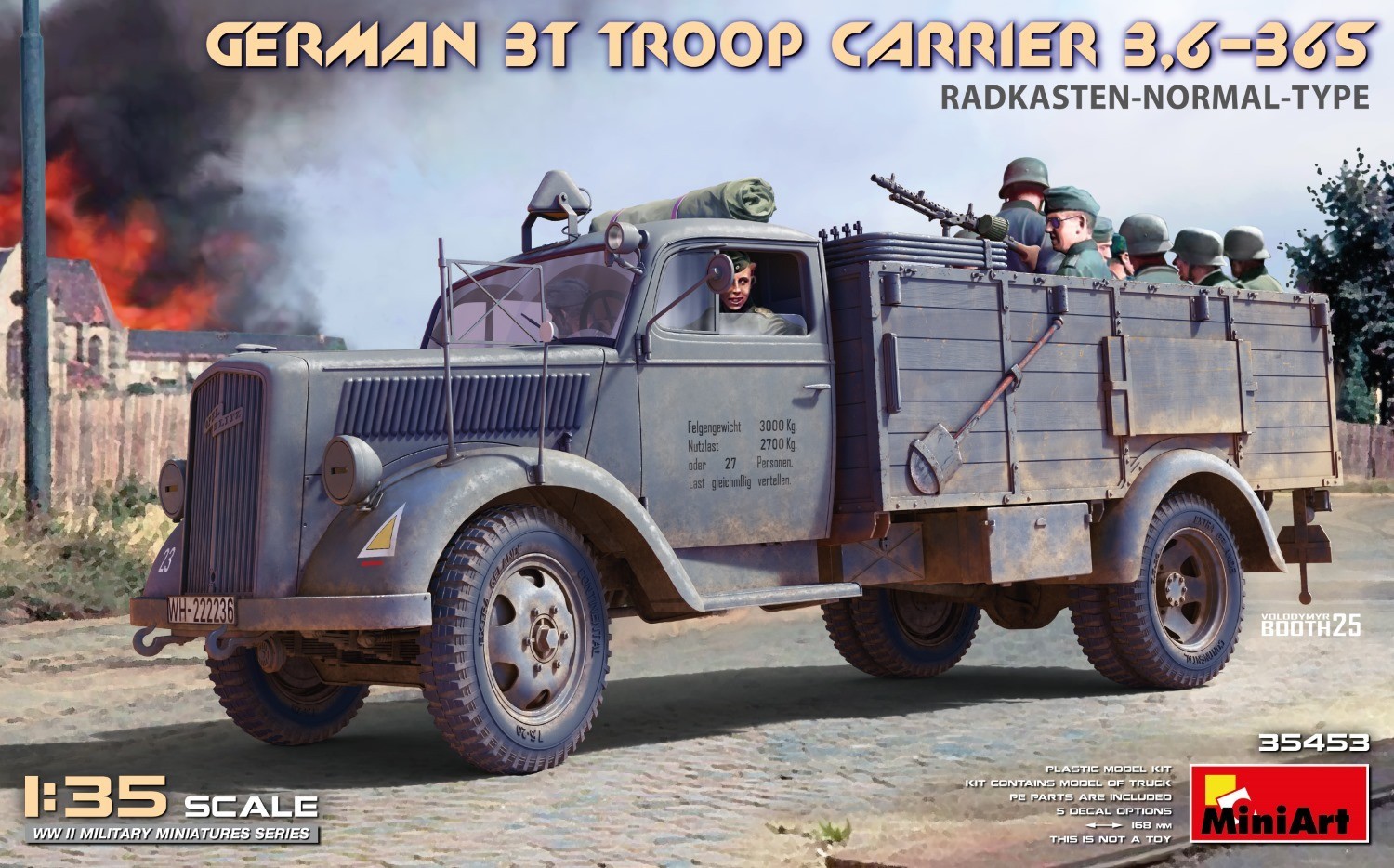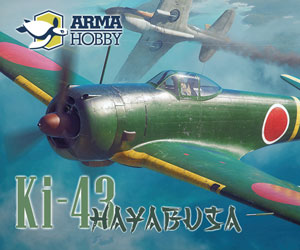
Introduction
The following introduction is as supplied by ICM:
The platoons, companies, and battalions of the Wehrmacht included combat doctors who provided direct medical assistance to the wounded. Infantry companies also had individual non-commissioned officers of the medical service, and at the battalion level, a military doctor (Assistenzarzt or Oberarzt) was responsible for centralized medical care. Wehrmacht combat doctors were also responsible for evacuating the wounded to first aid points or collection points. Armored transporters could be used for evacuation, one of which was a special medical armored personnel carrier designated as the Sd.Kfz.251/8 or ‘Krankenpanzerwagen.’ This armored personnel carrier could carry various numbers of wounded, for which it had special stretchers and seats inside. Additionally, semicircular rails were installed on top of the hull for an awning to protect from the weather. Armored medical transporters were part of the headquarters company (Stabskompanie). For visual differentiation from standard vehicles, these transporters had large signs with a red medical cross.
Review
This offering ICM arrives in the usual flip top cardboard tray, with additional card lid. Inside the contents are packaged in a single plastic bag, with the decals protected inside the instruction booklet. This sample was crushed in the post, and looking over the mouldings I cannot see any damage and so this is testament to the packaging ICM uses. Access for removal of parts is good, the gates are of a reasonable size and there are no immediate issues with the mouldings that jump out at you.
ICM released a figure set recently showing an injured German soldier being treated in the field and this addition of a half track performing an ambulance role is a nice follow on release, but I would not be surprised with these 2 offerings being released together in the future. This kit is a modified version of the half track of Sd.Kfz.251/8 as such I will keep this review short.
The model is provided with a decent replication of the engine and cooling system, although you are not really able to see much of it once the kit is complete. The fire wall provides the instrument cluster, the dials for which are provided as decals. The driver’s area of the vehicle is reasonably well detailed, although I believe the rear of the seat was made up with springs with a canvas cover, these metal rings were visible on the rear of the seat and that is not replicated here - I do however accept that it is possible that more than one seat type was utilised. Looking around the interior components of the model, the surprise for me is that an MP40 is shown inside the vehicle and it is my belief that weaponry was not permitted on ambulance vehicles with the exception of side arms.
The seats are the fold up version, with one side raised and a stretcher installed. Looking at the interior parts included, while I am generally pleased I was expecting to find more medical equipment installed or at the very least storage areas for immediate medical attention. Some minor surgery is required on the upper portion of the hull in removing the weapon station mounts. The hatches in the bodywork are well detailed inside and out. The road wheel station mounts are set in a neutral position, with the tracks and front tyres provided in vinyl rubber, which can be a bone of contention with modellers. Curved canvas roof supports are included and although no canvas elements are included the modeller could utilise them as desired.
ICM has provided 2 finishing options for this release:
Livery variant for North Africa, 1941/42
Livery variant for the Eastern Front, 1941/42
Looking at the detail on the uniform, I believe this represents early German uniform due to the cut of the breast pockets and the high leg German boots. Both of these are features that started to disappear as resources dwindled. The medical crew consisting of 3 figures would appear to be a medic and 2 standard infantry men standing in to assist. The only thing that indicates medical crew is the armband that is embossed as is the cross on it. I would have preferred decals to represent this rather than the embossed cross, but it does make painting an easier task for the modeller. The wounded infantry soldier is a particularly nice offering, as his Y shaped webbing has been removed and laid to one side. His injuries are to his left leg and right arm, and he has a cannula inserted into his left arm with one of the figures having a bottle drip - you will need to show the connection between the bottle and the cannula. A headrest has been made using what looks to be a blanket wrapped around some corn/grass.
Taking a look for insignia, I do notice that the person I have described as the medic has an Iron cross and an infantry assault badge. Other than the German eagle attached above the right breast pocket, no other insignia is present. Hand and facial detail is pleasing, as the injured individual does have facial features indicating pain with the 3 medical troops having neutral appearances to them. Included in this box are a number of weapons in the form of: MG34 with separate breach, the options of a deployed or folded bi-pod, MP40 with separate stock, ammunition pouches are provided for the 2 hand weapons and 2 lengths of ammunition belts are provided for the MG34 and 2 additional magazines cases are supplied as well. The last weaponry consists of 3 holstered side arms and 3 bayonets in their scabbards. In addition to these pieces, you have 4 steel helmets, 3 entrenchment tools, 3 water canteens, 2 set of binoculars, 3 gas mask containers, 3 mess tin sets and a binocular case. Obviously you would only require 1 weapon as medical troops would be shot if seen carrying firearms.
